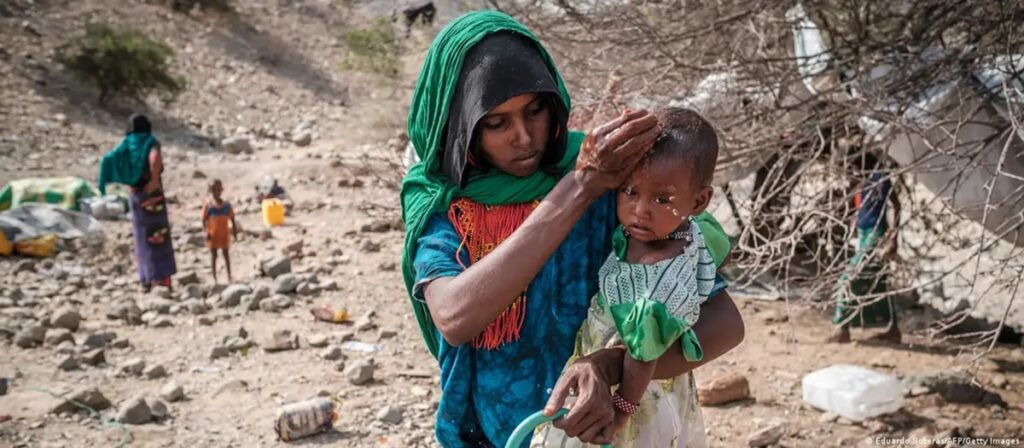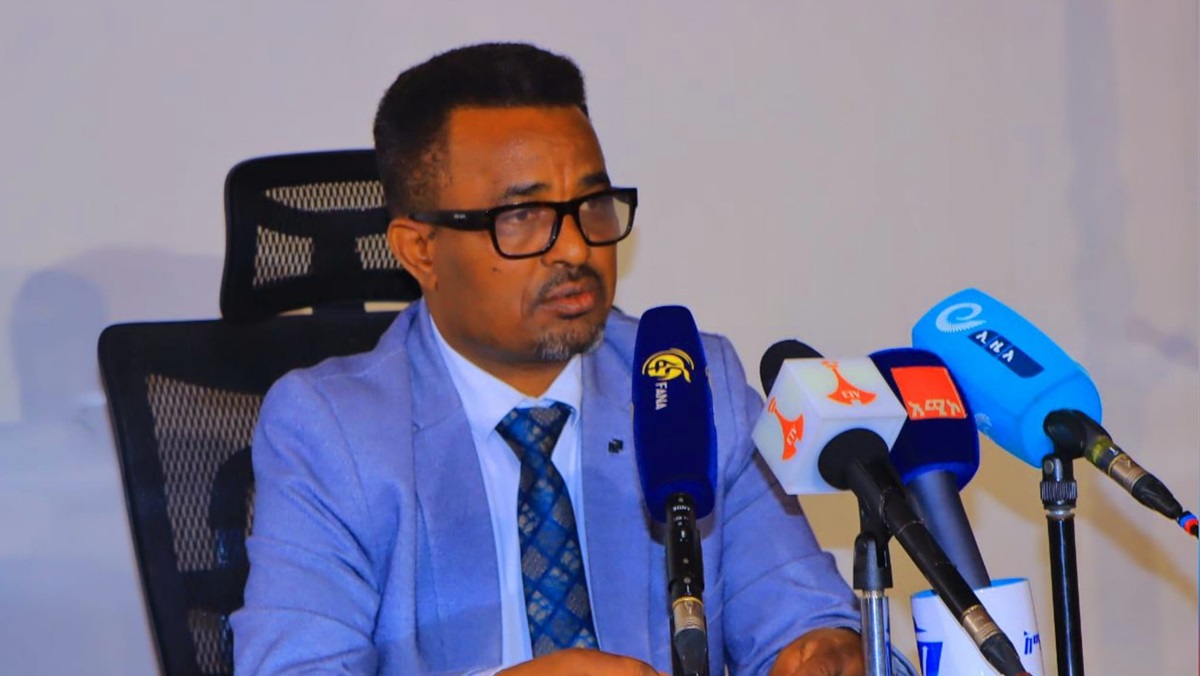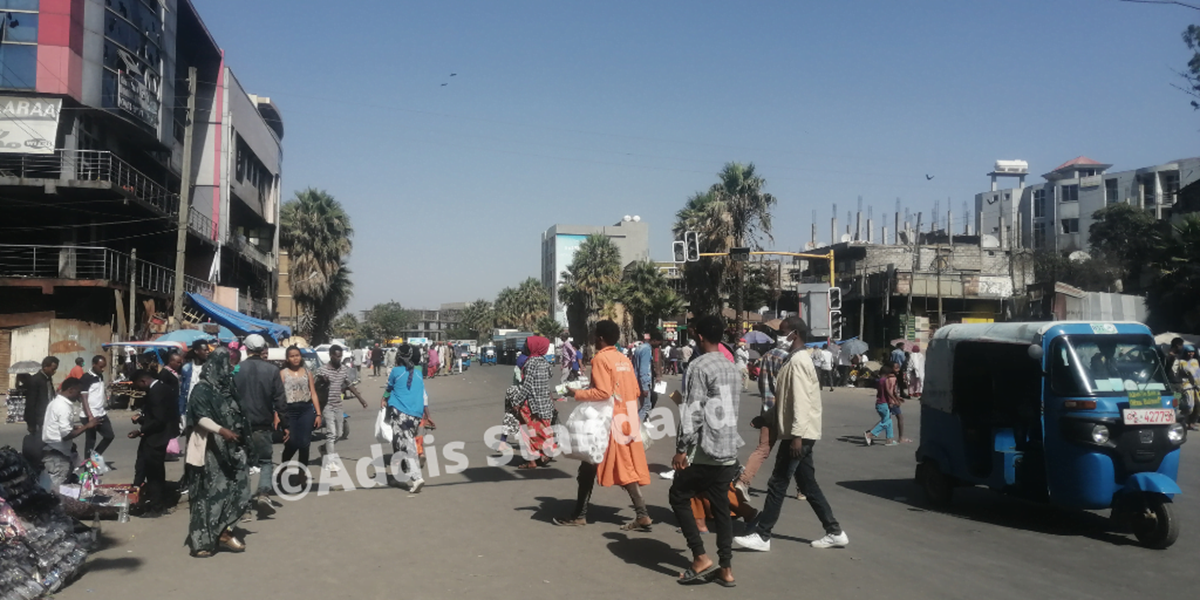News: Drought crisis deepens in Afar region with at least 70,000 additional people requiring emergency food assistance

Addis Abeba – The Afar region is emerging as one of the hotspots in the ongoing drought, with 330,000 people in dire need of emergency food aid.
According to the latest statement from the Ethiopian Disaster Risk Management Commission, 56,000 quintals of food are urgently needed to support drought-affected individuals in Afar for a two-month period.
This figure represents a significant increase from previous months, with at least 70,000 more people impacted by the drought compared to earlier estimates by the government.
By the conclusion of 2023, it was estimated that over 253,000 individuals in the Afar region required emergency food assistance. However, a report released by the UN Office for the Coordination of Humanitarian Affairs (OCHA) last month revealed that between June and December 2023, only 208,800 people received the necessary aid.
In its latest statement, the Commission disclosed that recent efforts by the government have seen humanitarian support reach 227,400 conflict- and drought-affected individuals in Afar, with 37,521 quintals of food aid distributed during November and December 2023.
However, regional authorities estimate the number of drought-affected individuals to be much higher.
Last month, Deutsche Welle reported that 40% of the region’s population urgently requires food and water supplies due to the drought. Mohammed Hussen, the head of the Afar Disaster Prevention and Food Security Office, revealed that a survey conducted across six zones over three weeks identified up to 600,000 people in the region affected by the drought.
The Commission identifies Afar, along with Amhara and Tigray, as the three most vulnerable regions. Together, they account for just over 50% of the 6.6 million people nationwide in need of emergency food assistance from January to March 2024.
To address the escalating crisis, the Commission estimates that 593,000 quintals of food are required to sustain affected populations in these regions for a two-month period, with the total cost exceeding five billion birr.
Children and mothers are among the groups most affected by the ongoing drought.
A recent nutrition screening conducted by OCHA revealed alarming figures, with 4.3% of 40,000 children in hard-to-reach areas of Afar suffering from severe acute malnutrition (SAM) and 42% diagnosed with moderate acute malnutrition (MAM).
In addition, over half of the 44,000 screened pregnant and lactating women showed signs of acute malnutrition.
The Afar region also hosts an estimated 56,800 internally displaced persons (IDPs) and about 222,900 returnees who are among those affected by drought, according to OCHA.
The UN agency also disclosed that livestock remain in a dire situation in Afar due to a severe drought and depleted grazing lands. The scarcity of water and pasture is further compounded by the invasion of thorny bushes (Prosopis bushes), severely limiting feed resources for over 3.5 million livestock. AS








